- Joined
- Aug 25, 2007
- Messages
- 3,890
- Reaction score
- 715
Here's the video. I'm using my newly finished, right angle milling attachment to cut a 10 degree, 12 tooth helical gear. The gear blank is mounted on the 4th axis which controls the indexing and also the rotational movement needed in concert with the X-axis movement to accomplish the cutting.
[ame]https://www.youtube.com/watch?v=L18a_wfaRBE[/ame]
The initial centering of the cutter on the gear blank, and the angle of the involute cutter are pretty critical. If you get them off even slightly, the valleys between the teeth will be too thick and the gear tooth too thin.
Here are some pictures of the gear I just cut (the small one) and an 80 degree, 6 tooth gear I had made earlier using my manual helical gear cutter attachment on my lathe. The large gear will be mounted on the crankshaft and the smaller gear on the side shaft for my conversion of the Bessemer to 4 stroke operation. I know it seems counter intuitive that the larger gear will spin twice as fast as the smaller gear, but that's how helical gears work.
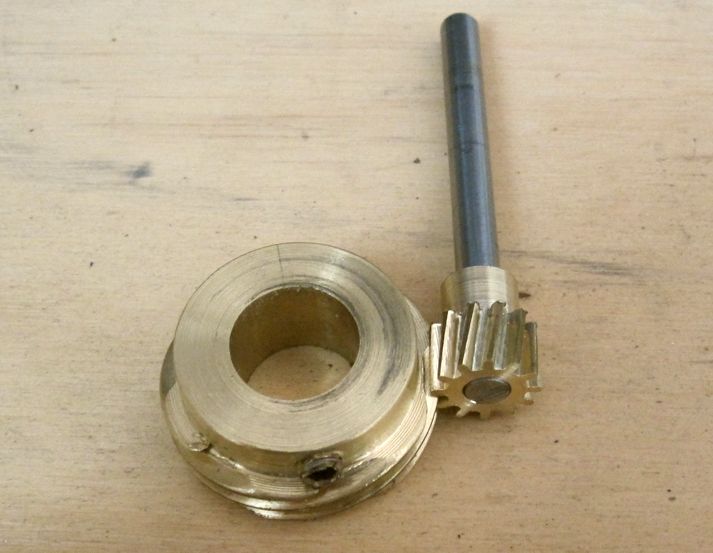
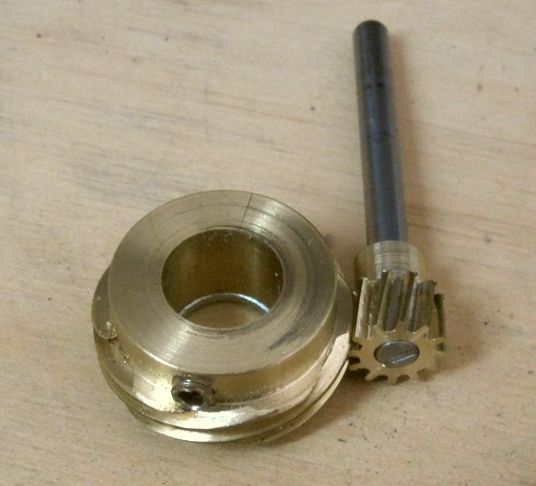
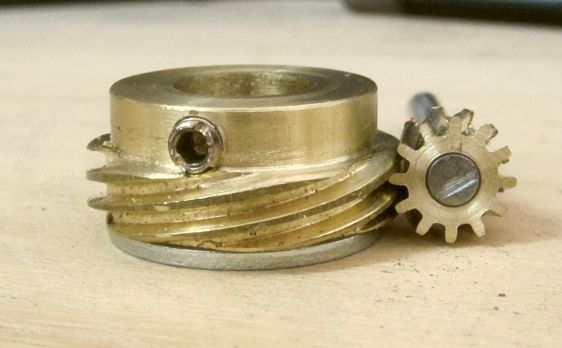
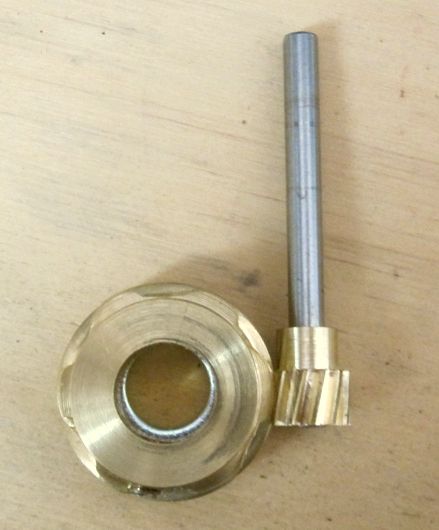
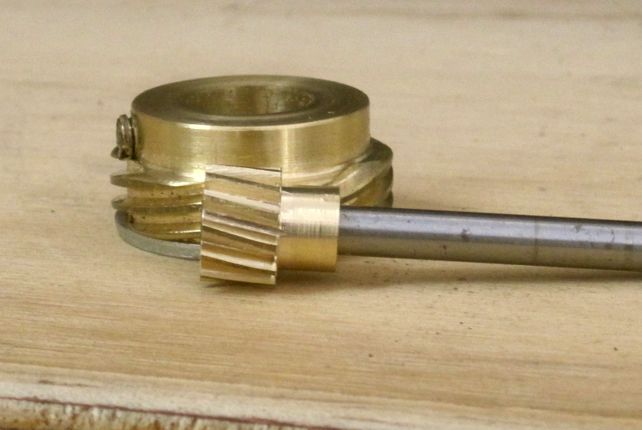
I'm quite please with the right angle attachment. I think it will see a fair amount of use.
Chuck
[ame]https://www.youtube.com/watch?v=L18a_wfaRBE[/ame]
The initial centering of the cutter on the gear blank, and the angle of the involute cutter are pretty critical. If you get them off even slightly, the valleys between the teeth will be too thick and the gear tooth too thin.
Here are some pictures of the gear I just cut (the small one) and an 80 degree, 6 tooth gear I had made earlier using my manual helical gear cutter attachment on my lathe. The large gear will be mounted on the crankshaft and the smaller gear on the side shaft for my conversion of the Bessemer to 4 stroke operation. I know it seems counter intuitive that the larger gear will spin twice as fast as the smaller gear, but that's how helical gears work.





I'm quite please with the right angle attachment. I think it will see a fair amount of use.
Chuck





![Learning AutoCAD Civil 3D 2014 [Online Code]](https://m.media-amazon.com/images/I/51F3yi9fokL._SL500_.jpg)


![DreamPlan Home Design and Landscaping Software Free for Windows [PC Download]](https://m.media-amazon.com/images/I/51kvZH2dVLL._SL500_.jpg)



















































